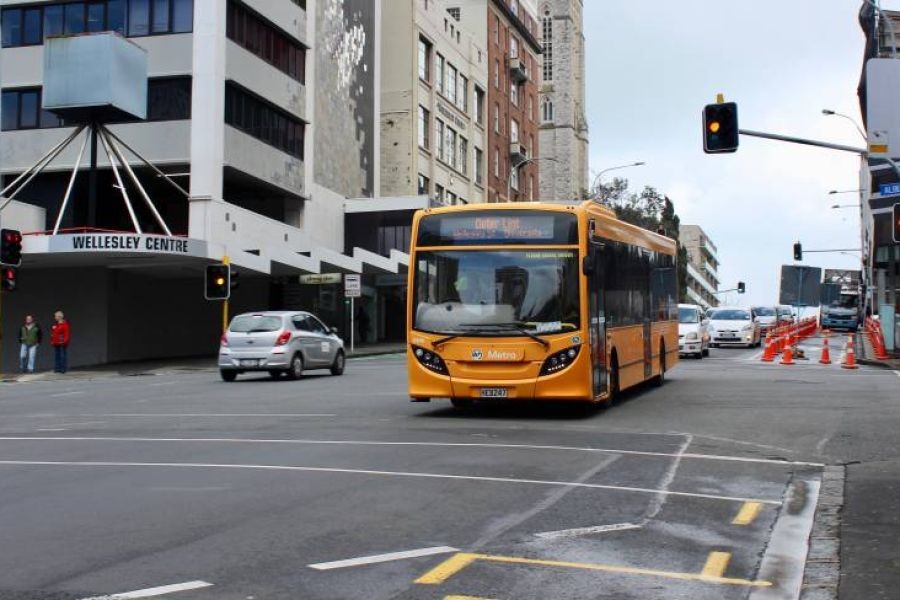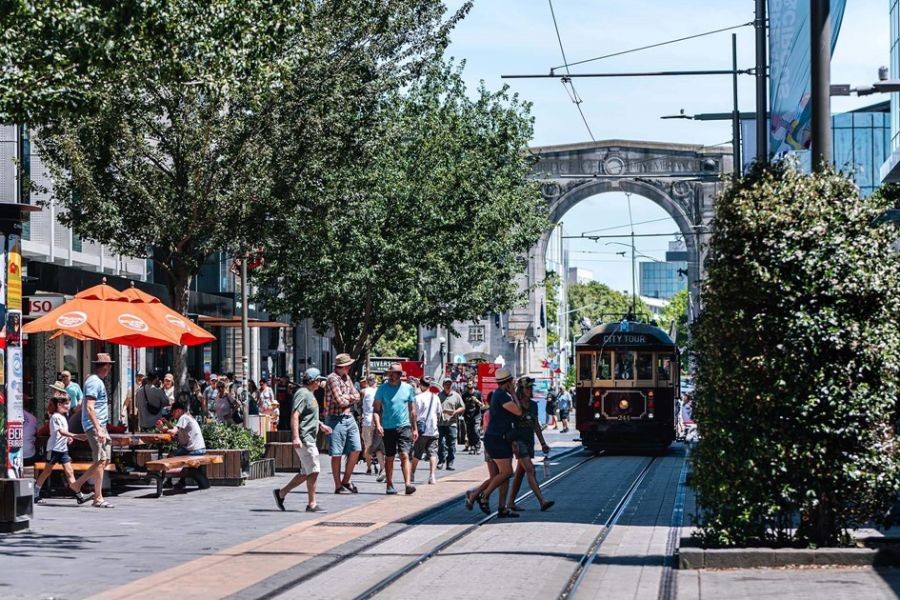Public transport in New Zealand is an integral part of urban life, offering essential services to people and communities. While the country is known for its stunning landscapes and outdoor activities, its public transport system often flies under the radar. This article unveils some surprising facts about New Zealand's public transport system, providing insights that are not only intriguing but also important for understanding the broader impacts on the economy and society.
1. Auckland’s Electric Revolution
Did you know that Auckland's public transport is undergoing a significant transformation with a focus on sustainability? Auckland Transport has been progressively integrating electric buses into its fleet. By 2021, the city had already introduced 152 electric buses, a move aligned with the city’s goal to reduce carbon emissions by 50% by 2030. This transition is supported by a $50 million investment, illustrating a commitment to sustainable urban transport.
Case Study: Auckland Transport – Electrifying the Fleet
Problem: Auckland faced rising pollution levels and public demand for greener transport options. The city needed to modernize its fleet to meet environmental targets.
Action: Auckland Transport invested in electric buses, leveraging government subsidies and collaborating with local bus manufacturers to increase the adoption rate.
Result: The introduction of electric buses has reduced emissions by over 10,000 tonnes of CO2 annually, offering quieter and more efficient public transport.
Takeaway: This case demonstrates the effectiveness of electrification in reducing urban emissions, a strategy that other New Zealand cities may adopt in the future.
2. Free Public Transport for Students in Wellington
In an unprecedented move, Greater Wellington Regional Council announced plans to provide free public transport for students under the age of 18. This initiative aims to reduce the financial burden on families and encourage the use of public transport from a young age. It also facilitates access to education and extracurricular activities, promoting social equity.
3. Smart Transport Infrastructure
New Zealand is at the forefront of integrating technology into public transport systems. The introduction of real-time tracking apps and contactless payment options has enhanced user experience. The AT HOP card in Auckland, for example, allows seamless travel across buses, trains, and ferries, and has been instrumental in increasing public transport usage by 15% over the past three years (Source: Auckland Transport Annual Report).
4. The Economic Impact of Public Transport
Public transport in New Zealand is not just a convenience; it’s a critical economic driver. According to the Ministry of Business, Innovation and Employment (MBIE), every dollar invested in public transport infrastructure yields an economic return of $4 through job creation, reduced congestion, and improved productivity. This highlights the sector's role in economic growth and sustainability.
5. The Rural Transport Challenge
One of the lesser-known challenges in New Zealand’s public transport system is its limited reach in rural areas. While urban centers like Auckland and Wellington have robust public transport networks, rural communities often rely on private vehicles due to limited services. The government is exploring solutions, such as community transport schemes and subsidies for rural bus services, to address this gap.
Pros and Cons of New Zealand’s Public Transport System
- Pros:
- Environmentally Friendly: The shift to electric buses reduces carbon emissions significantly.
- Economic Benefits: Investments in public transport boost economic productivity and job creation.
- Technological Integration: Real-time tracking and contactless payments improve user convenience.
- Cons:
- Limited Rural Access: Rural communities often lack sufficient public transport services.
- Initial Costs: Electrification and technological upgrades require significant upfront investment.
- Infrastructure Challenges: Aging infrastructure in some areas hampers efficiency and expansion.
Common Myths and Mistakes
- Myth: "Public transport is only for those without cars." Reality: With increasing urban congestion and environmental concerns, many choose public transport as a sustainable and cost-effective alternative.
- Myth: "Public transport is unreliable." Reality: With the introduction of real-time tracking and service updates, reliability has significantly improved.
- Myth: "Investing in public transport is not economically viable." Reality: Studies show that public transport investments yield high economic returns, reducing congestion and boosting productivity.
Future Trends and Predictions
Looking ahead, New Zealand’s public transport system is poised for further advancements. The government’s continued focus on sustainability and technology integration suggests a future where public transport is not only more accessible but also more efficient and environmentally friendly. The Reserve Bank of New Zealand projects that by 2030, the country could see a 30% increase in public transport usage, driven by policy initiatives and urbanization trends.
Conclusion
New Zealand’s public transport system is evolving rapidly, offering surprising benefits that extend beyond mere convenience. From environmental sustainability to economic growth, the system plays a crucial role in shaping the nation’s future. As New Zealand continues to innovate and invest in this sector, the potential for positive societal impacts grows. What are your thoughts on the future of public transport in New Zealand? Share your insights below!
People Also Ask
- How does public transport affect New Zealand’s economy? Public transport investments yield a return of $4 for every dollar spent, boosting economic productivity and job creation (Source: MBIE).
- What are the biggest misconceptions about public transport in New Zealand? A common myth is that public transport is unreliable, but technological advancements have significantly improved its reliability.
- What strategies are New Zealand cities using to improve public transport? Cities are focusing on electrification of fleets, integrating smart technologies, and expanding service coverage to improve public transport.
Related Search Queries
- New Zealand public transport sustainability
- Auckland electric buses
- Wellington student transport policies
- Economic benefits of public transport NZ
- Rural transport challenges New Zealand
- Future of public transport in NZ
- Public transport myths and realities
- Technological advancements in NZ transport
- Public transport investment returns NZ
- Environmental impact of NZ public transport


























kamithornton19
8 months ago